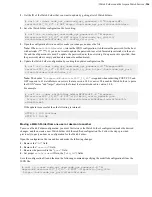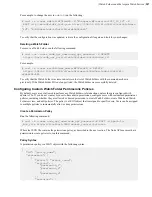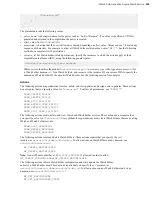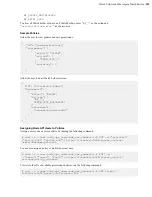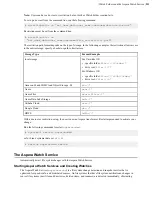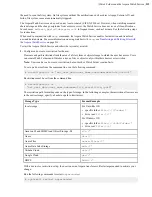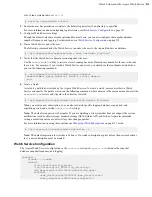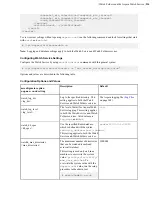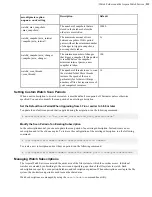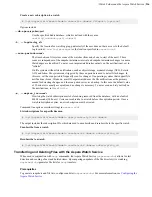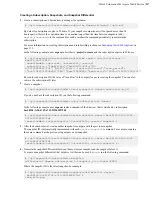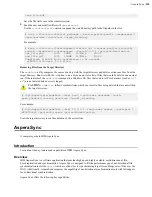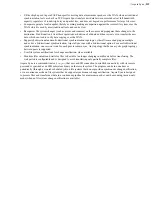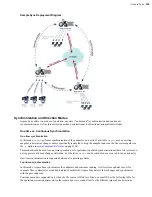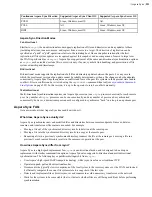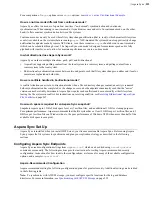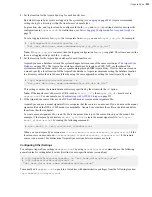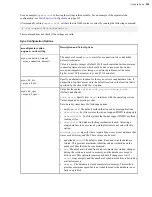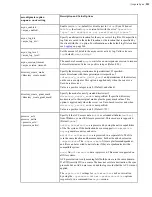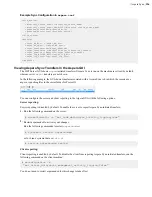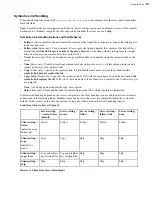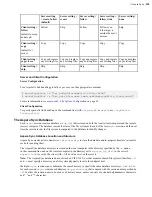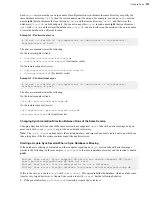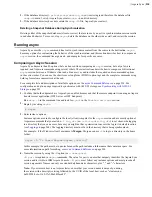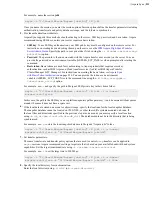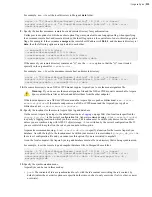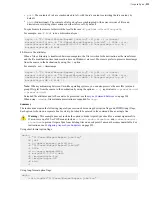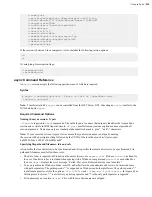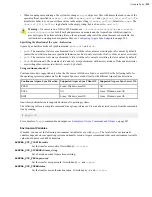
| Aspera Sync |
220
Sample Sync Deployment Diagram
Synchronization and Direction Modes
Aspera Sync offers two modes of operation: one-time ("on demand") synchronization and continuous
synchronization, as well as three direction modes: uni-directional, bi-directional, and multi-directional.
One-time vs. Continuous Synchronization
One-time synchronization
In this mode,
async
performs synchronization of the endpoints, and exits. If available,
async
uses an existing
snapshot to determine changes, unless specifically instructed to drop the snapshot and scan the file system again (see
the
-x
option in
on page 234).
This mode should be used for one_time operations, or for periodic, scheduled synchronizations where file systems do
not support event-based change notification. For the latter,
async
can be scheduled as a cron job to run periodically.
One-time synchronization is supported between all operating systems.
Continuous synchronization
In this mode, Aspera Sync synchronizes the endpoints and continues running. As file system updates occur (for
example, files or directories are added, deleted or modified), Aspera Sync detects these changes and synchronizes
with the peer endpoint.
Continuous mode is supported only when the file source is Windows, Linux, or macOS. See the following table for
the operating system requirements for the Aspera Sync server and client for the different Aspera Sync directions.

